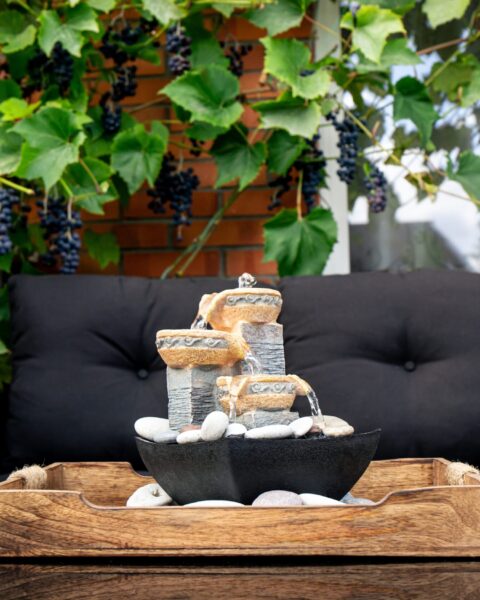Cooking has evolved significantly over the centuries, but some methods have withstood the test of time. Many of these ancient techniques remain integral to modern culinary practices. These methods have adapted to contemporary kitchens while maintaining their historical roots. Here’s a look at some ancient cooking techniques that are still used in kitchens worldwide today.
Contents
- 1 Open Fire Grilling
- 2 Clay Pot Cooking
- 3 Smoking
- 4 Fermentation
- 5 Pit Cooking
- 6 Grinding and Milling
- 7 Steaming
- 8 Drying
- 9 Baking in Ashes
- 10 Tandoor Cooking
- 11 Poaching
- 12 Preserving in Salt
- 13 Spit Roasting
- 14 More From RetailShout
- 15 The 14 Ultimate Ranking of Trader Joe’s 2024 Boxed Mixes
- 16 14 Creative and Healthy Lunches Your Kids Will Look Forward To
Open Fire Grilling
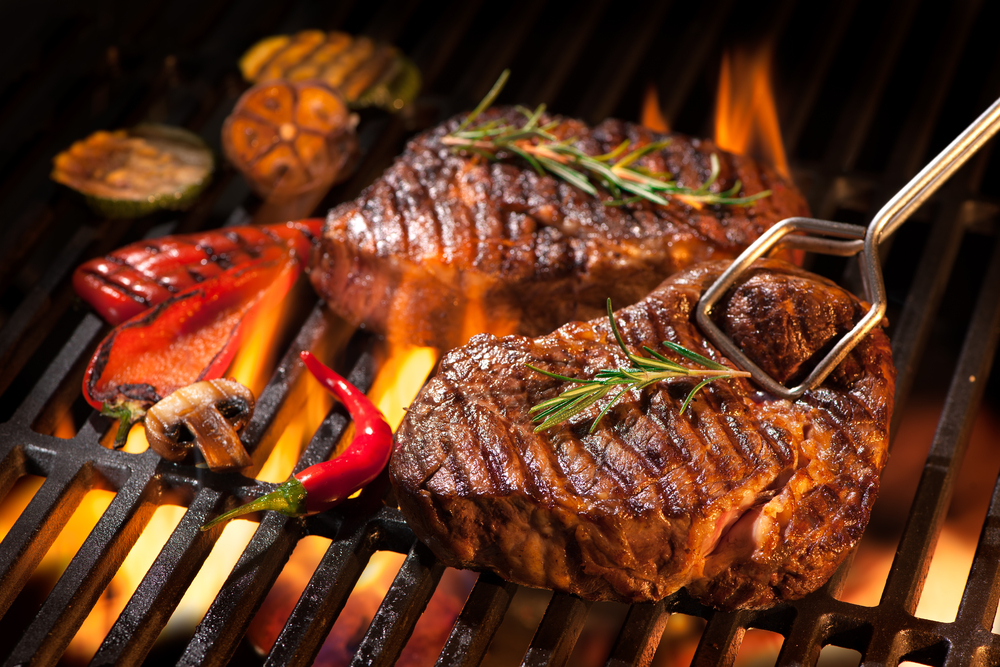
One of the earliest methods of cooking, open fire grilling dates back to the days when humans first learned to control fire. Today, grilling remains a popular way to prepare food, especially during barbecues. The intense heat from the flames quickly sears meats and vegetables, giving them a smoky flavor that modern appliances struggle to replicate. Whether using wood, charcoal, or gas, this ancient method remains a staple in outdoor cooking.
Clay Pot Cooking
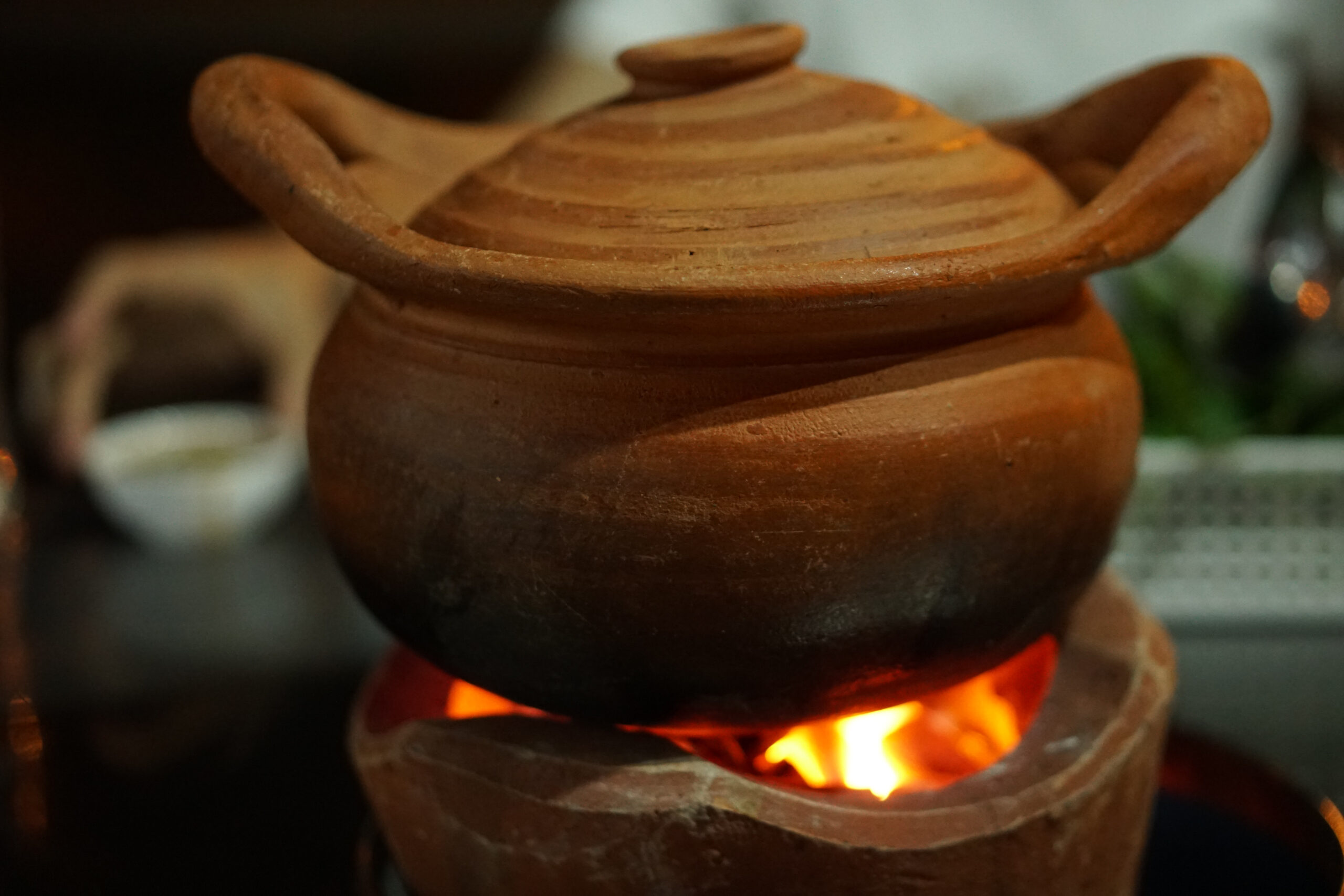
Clay pots were used by ancient civilizations for slow cooking and baking, and this technique is still highly valued today. Clay pot cooking is favored for its ability to retain moisture and enhance the natural flavors of food. In countries like India, tagines in Morocco, and bean pots in Mexico, clay pots remain essential for traditional dishes. Modern versions of these pots are still used to prepare meals that are tender, flavorful, and evenly cooked.
Smoking
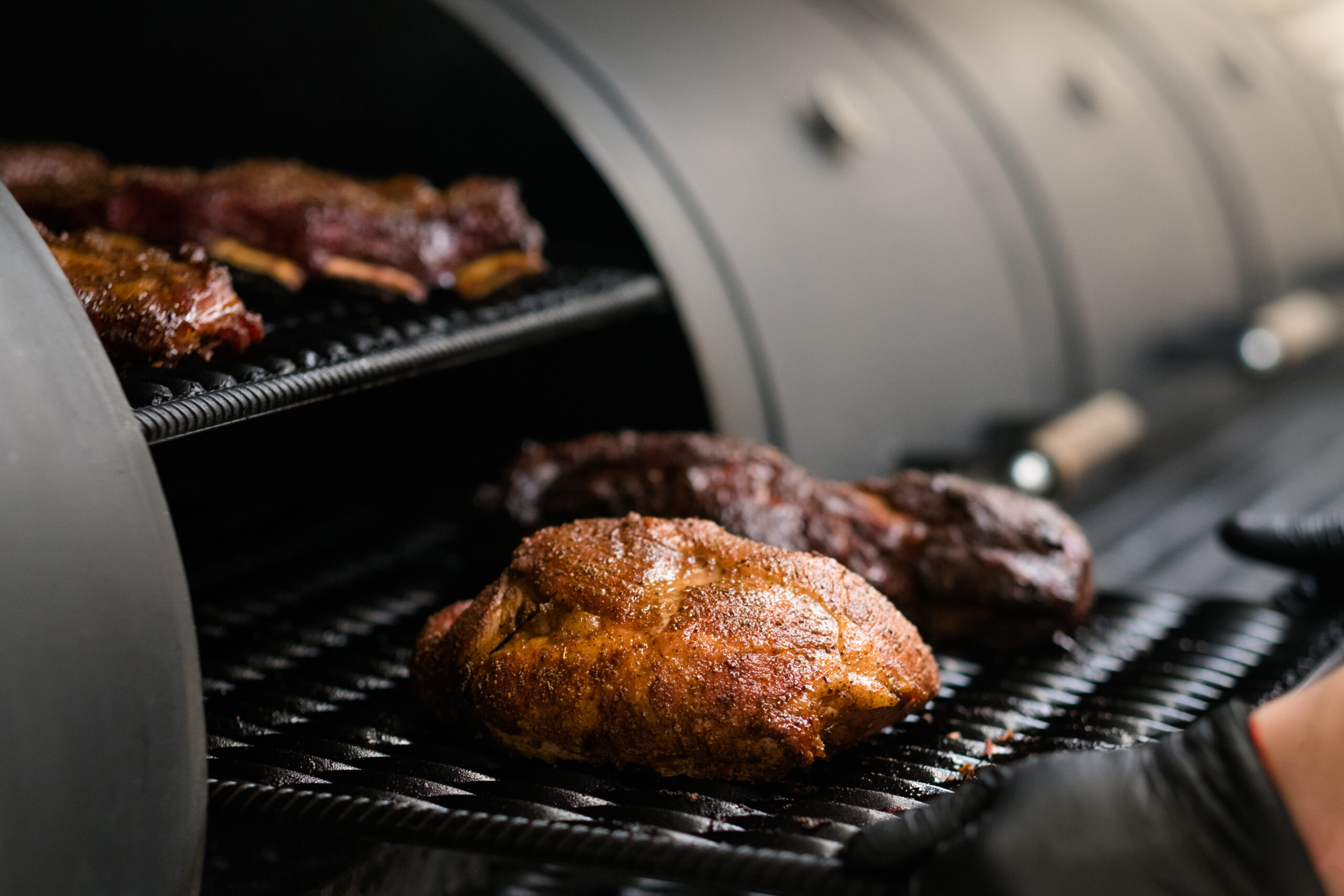
Long before refrigerators, smoking was an essential method of preserving food, particularly meats and fish. This technique, which uses wood smoke to both flavor and preserve, is still widely practiced today. Whether using modern smokers or traditional setups, the slow process of smoking imparts a rich, deep flavor to food. In modern kitchens, smoking is often used to enhance the taste of everything from bacon to cheese.
Fermentation
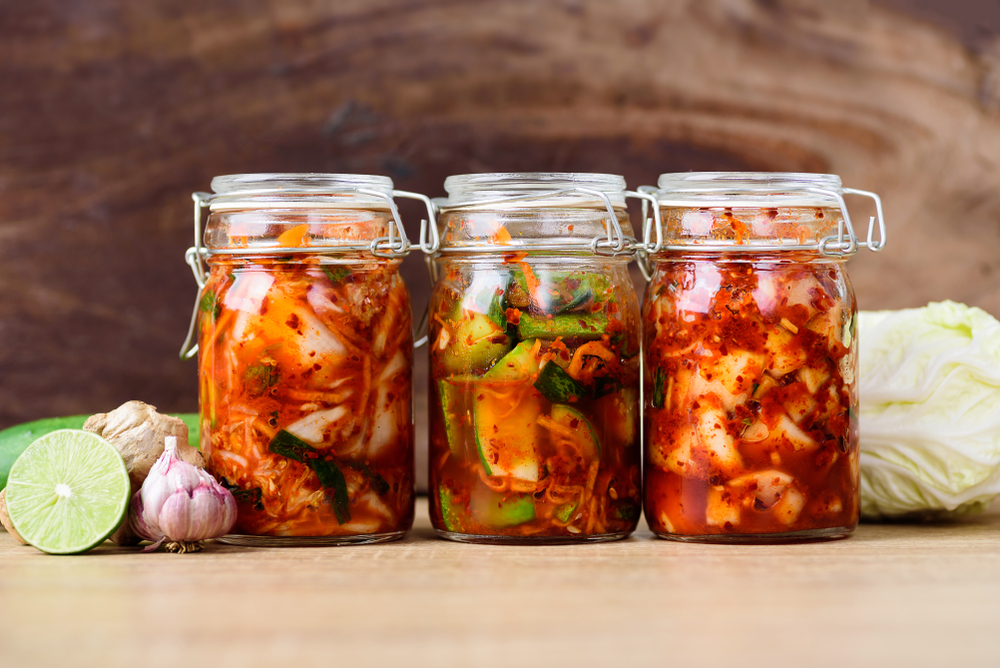
Fermentation is an ancient practice used to preserve food and enhance its flavor through the natural process of converting sugars into alcohol or acids. From kimchi and sauerkraut to bread and yogurt, fermentation plays a crucial role in modern cuisine. Not only does it extend the shelf life of food, but it also introduces beneficial bacteria, making it a key technique in modern health-conscious diets.
Pit Cooking
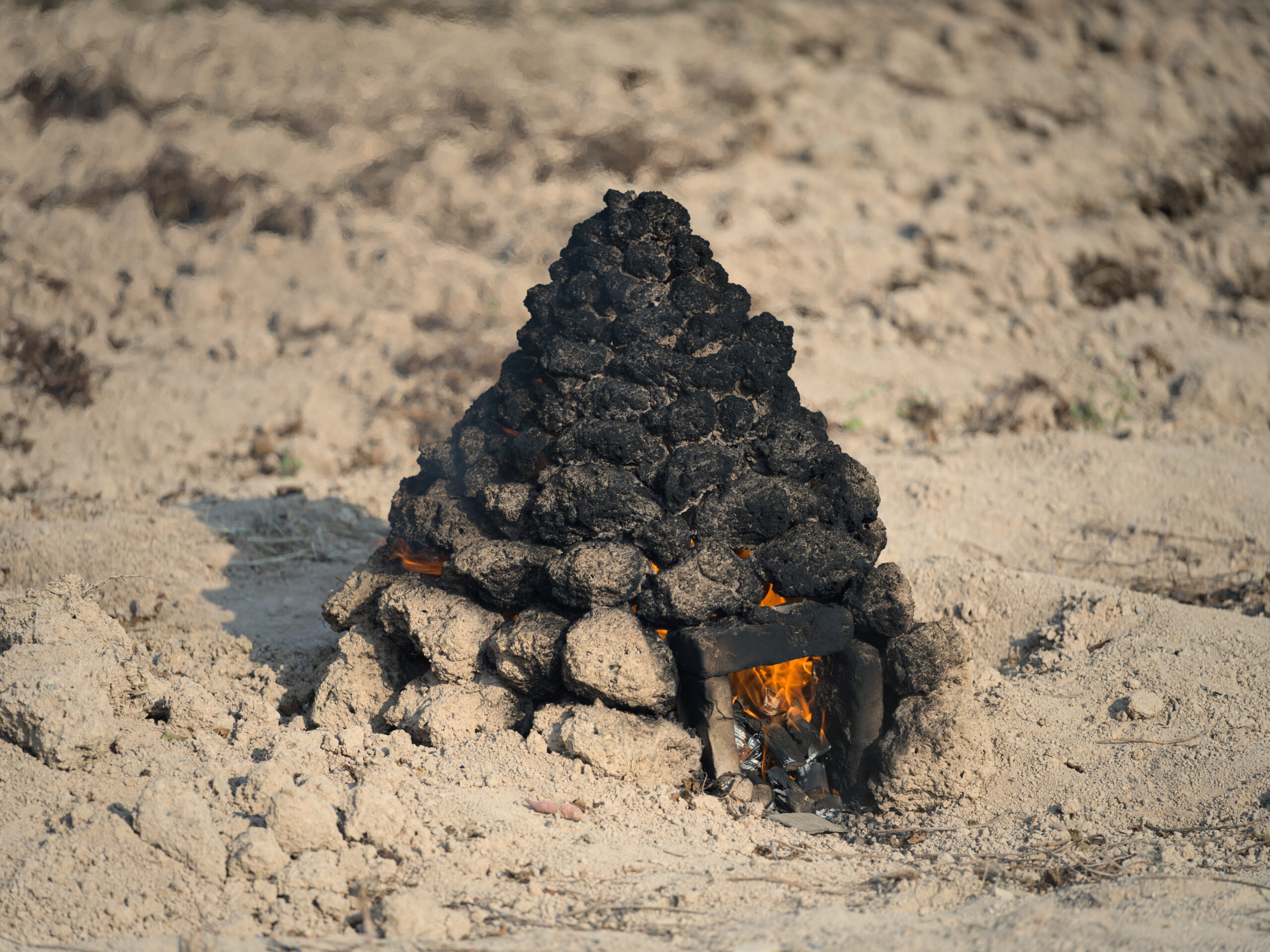
Also known as earth oven cooking, pit cooking involves burying food in a pit lined with hot coals and covering it with earth to slow-cook for several hours. This ancient method is still practiced in regions like Hawaii, where the traditional imu oven is used to cook Kalua pig. The result is a tender, flavorful dish that modern slow cookers aim to replicate.
Grinding and Milling
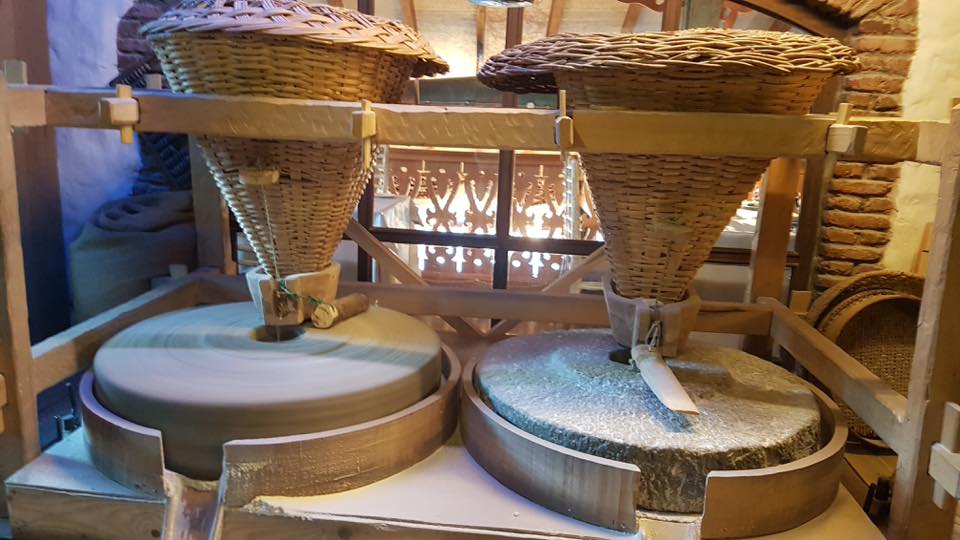
Grinding grains into flour using stones was a vital process in ancient civilizations, and though technology has modernized the process, the principle remains the same. Today, artisanal bakers and brewers still use traditional stone mills to grind wheat, corn, and other grains. This technique is prized for producing flour that retains more of the grain’s nutrients and offers a more robust flavor than industrially processed alternatives.
Steaming
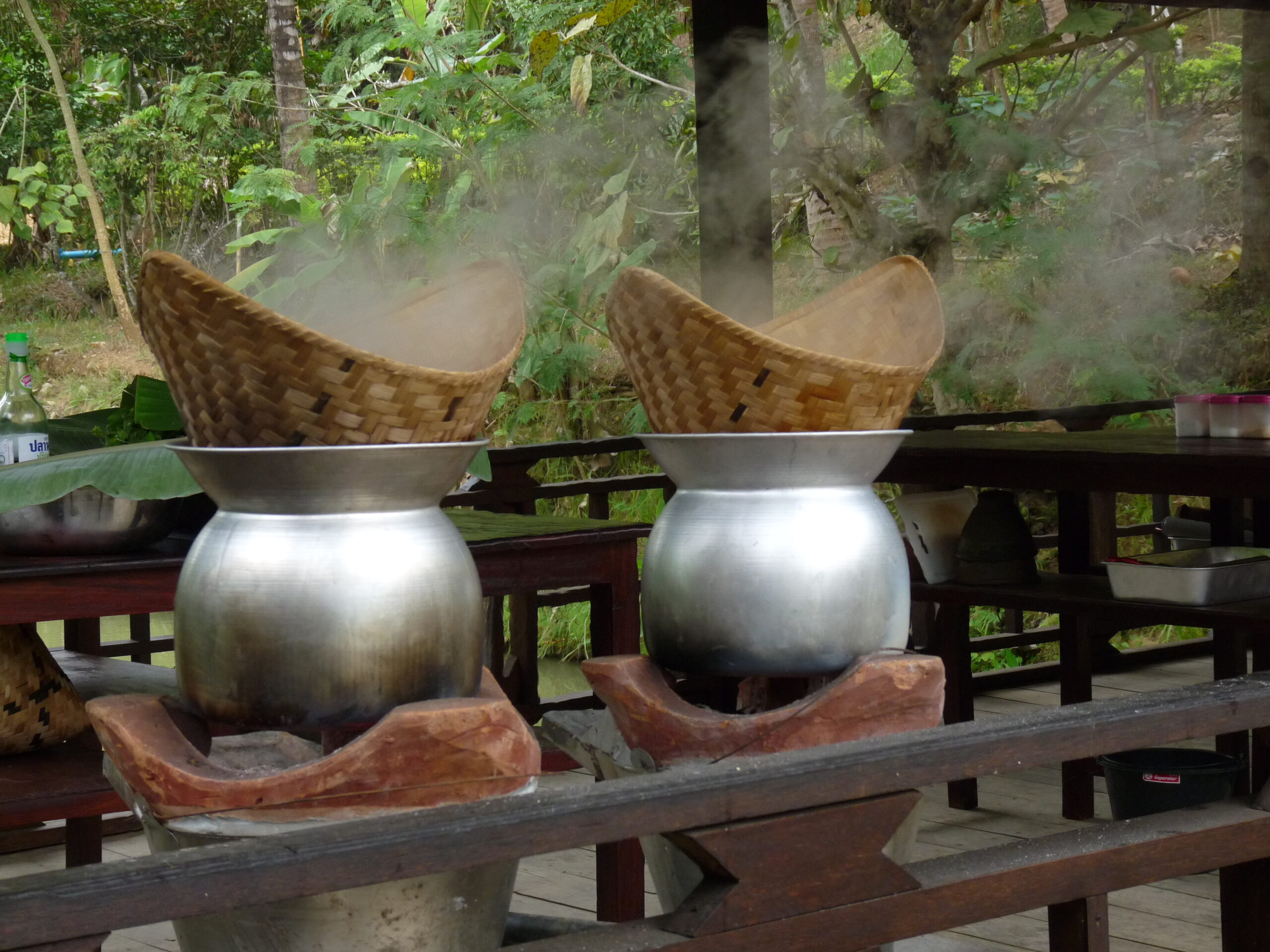
Steaming, an ancient technique used in cultures worldwide, involves cooking food using the steam from boiling water. This method has been preserved through the use of bamboo steamers in Asian cuisine and modern steamer pots. Steaming is favored for preserving the nutrients in food while avoiding the need for oils or fats, making it a healthy option for cooking vegetables, fish, and even dumplings.
Drying
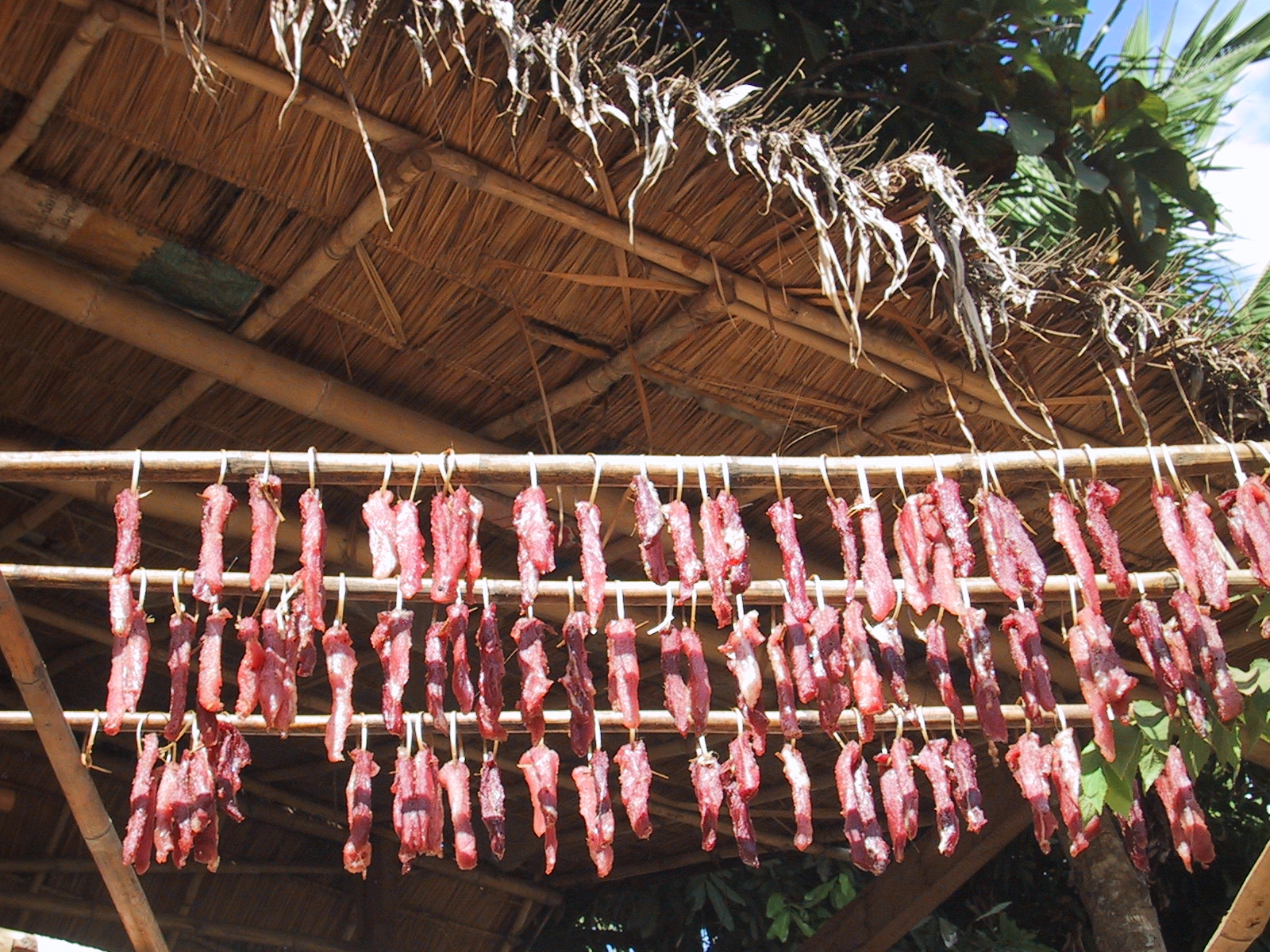
Dehydrating food to extend its shelf life was a common practice among ancient civilizations. By removing moisture, foods like meats, fruits, and vegetables could be stored for long periods without spoiling. While we now have food dehydrators, the method remains fundamentally unchanged. Dried foods, such as jerky, dried fruits, and sun-dried tomatoes, are still popular and often valued for their concentrated flavors and nutritional preservation.
Baking in Ashes
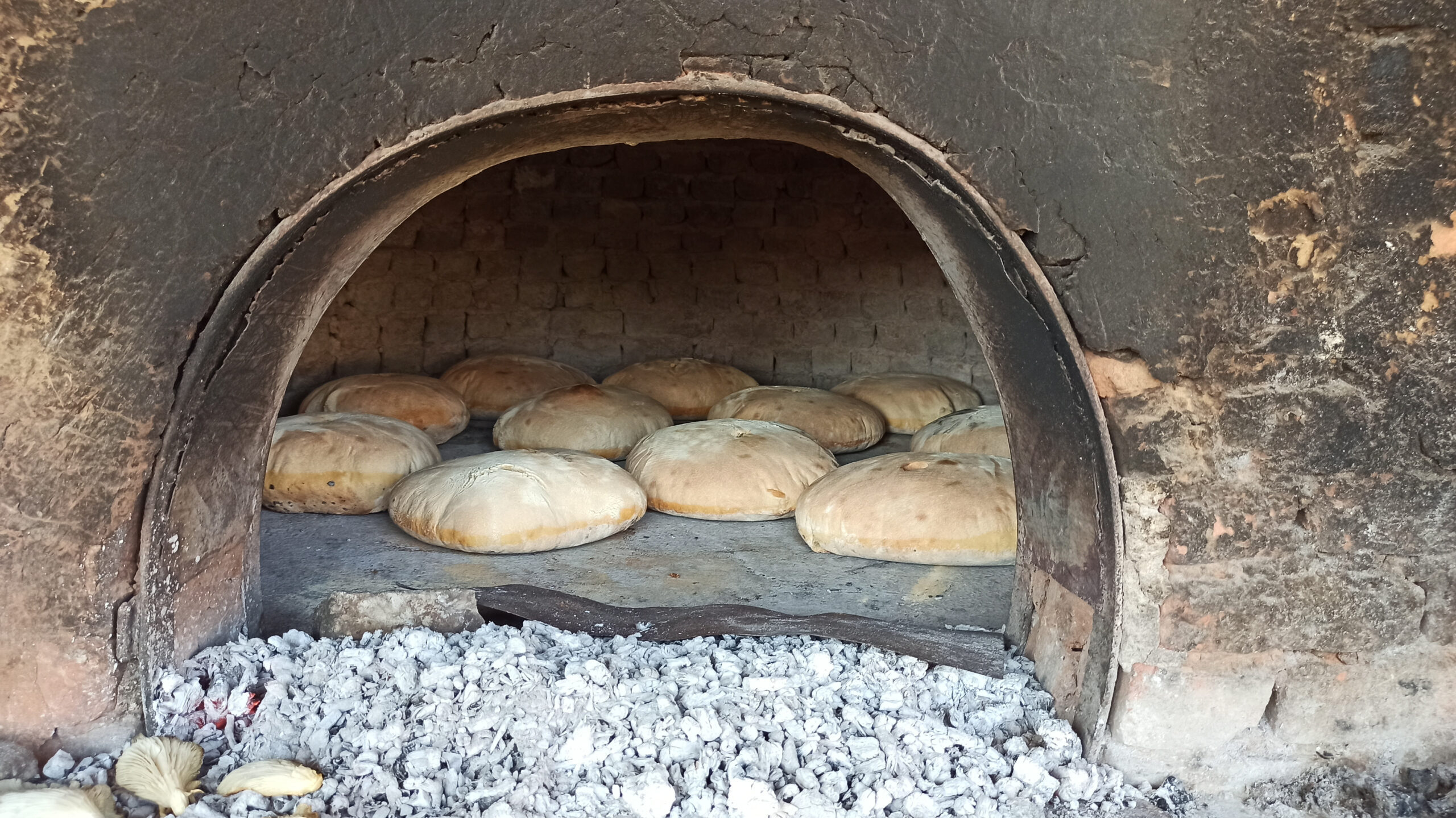
Baking food directly in hot ashes was a common practice in ancient times, especially for bread and vegetables. While this might seem primitive, some modern culinary techniques still employ similar methods. For example, embers and ash are used in high-end kitchens to bake root vegetables and other items, imparting a smoky flavor. This method requires precision but produces results that modern ovens cannot replicate.
Tandoor Cooking
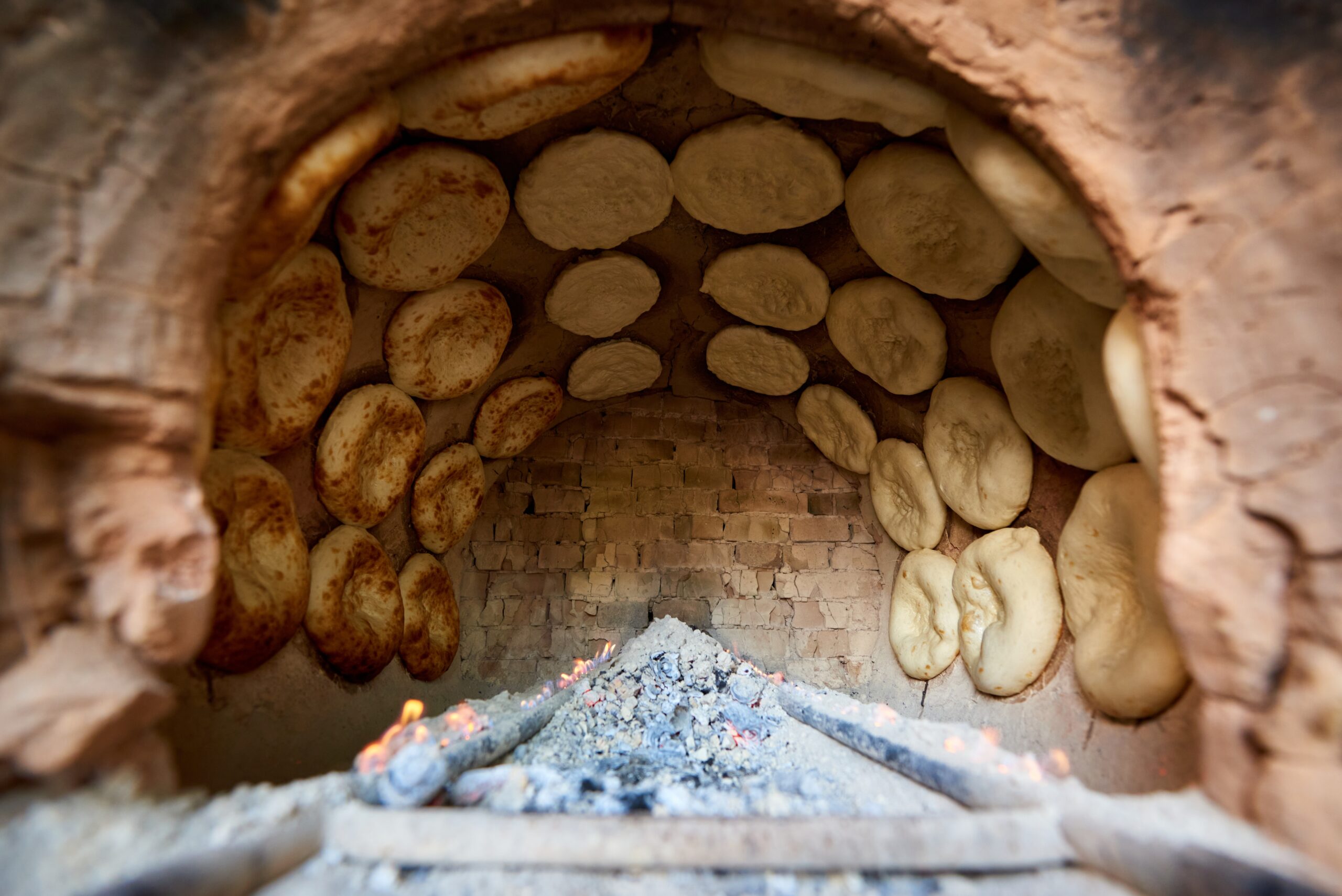
The tandoor, an ancient clay oven, is still widely used in Indian, Middle Eastern, and Central Asian cooking. Tandoor cooking involves exposing food to intense heat from the coals lining the clay walls, creating a unique charred flavor. Today, tandoori dishes such as naan, kebabs, and tandoori chicken remain popular globally, as chefs continue to embrace this ancient technique for its ability to sear and cook food to perfection.
Poaching
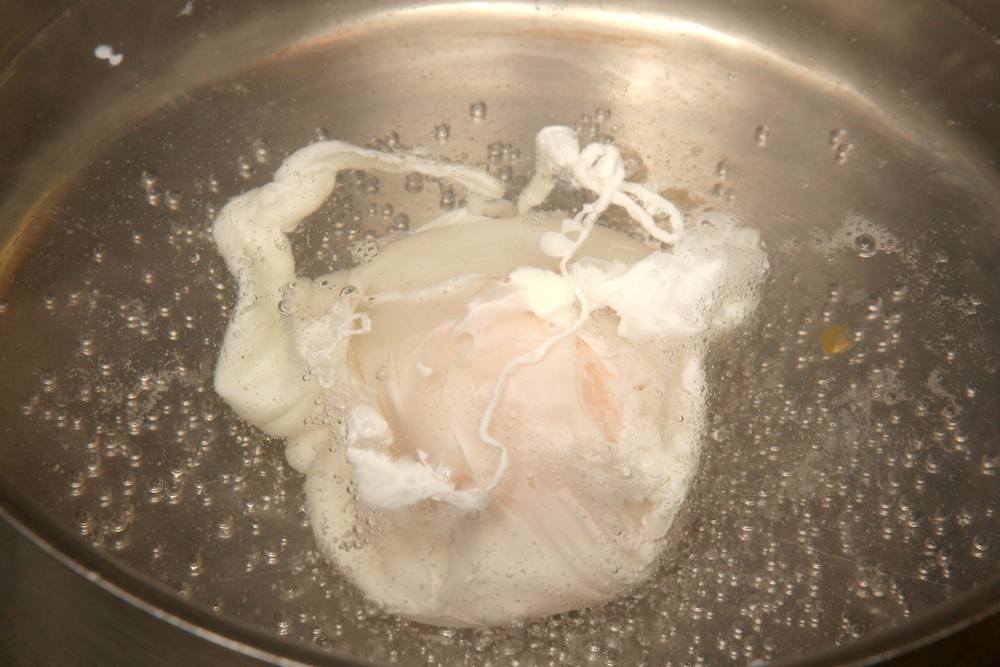
Poaching, the process of gently cooking food in liquid at low temperatures, is an ancient technique that remains relevant in modern kitchens. It’s particularly useful for delicate foods like eggs, fish, and fruit, allowing them to cook without losing moisture or flavor. Today, poached dishes like eggs Benedict, poached pears, and poached salmon are enjoyed around the world, preserving the elegance and simplicity of this time-tested technique.
Preserving in Salt
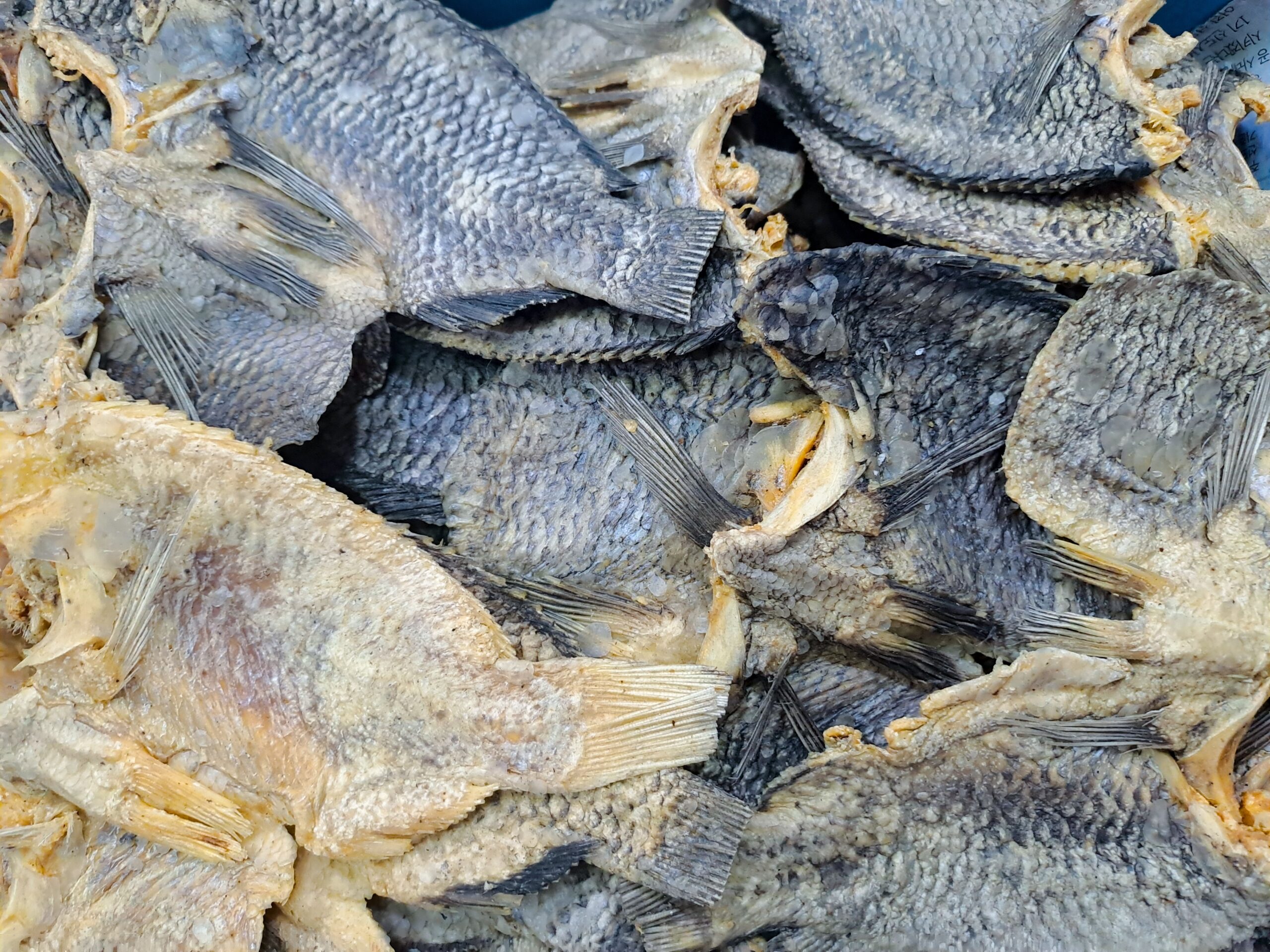
Salt preservation, one of the oldest methods of keeping food from spoiling, involves coating meats or fish in salt to draw out moisture. This ancient technique is still widely used today, especially for producing charcuterie, salt-cured fish, and certain cheeses. Even with refrigeration, salt curing remains popular for the distinct flavors and textures it imparts to food.
Spit Roasting
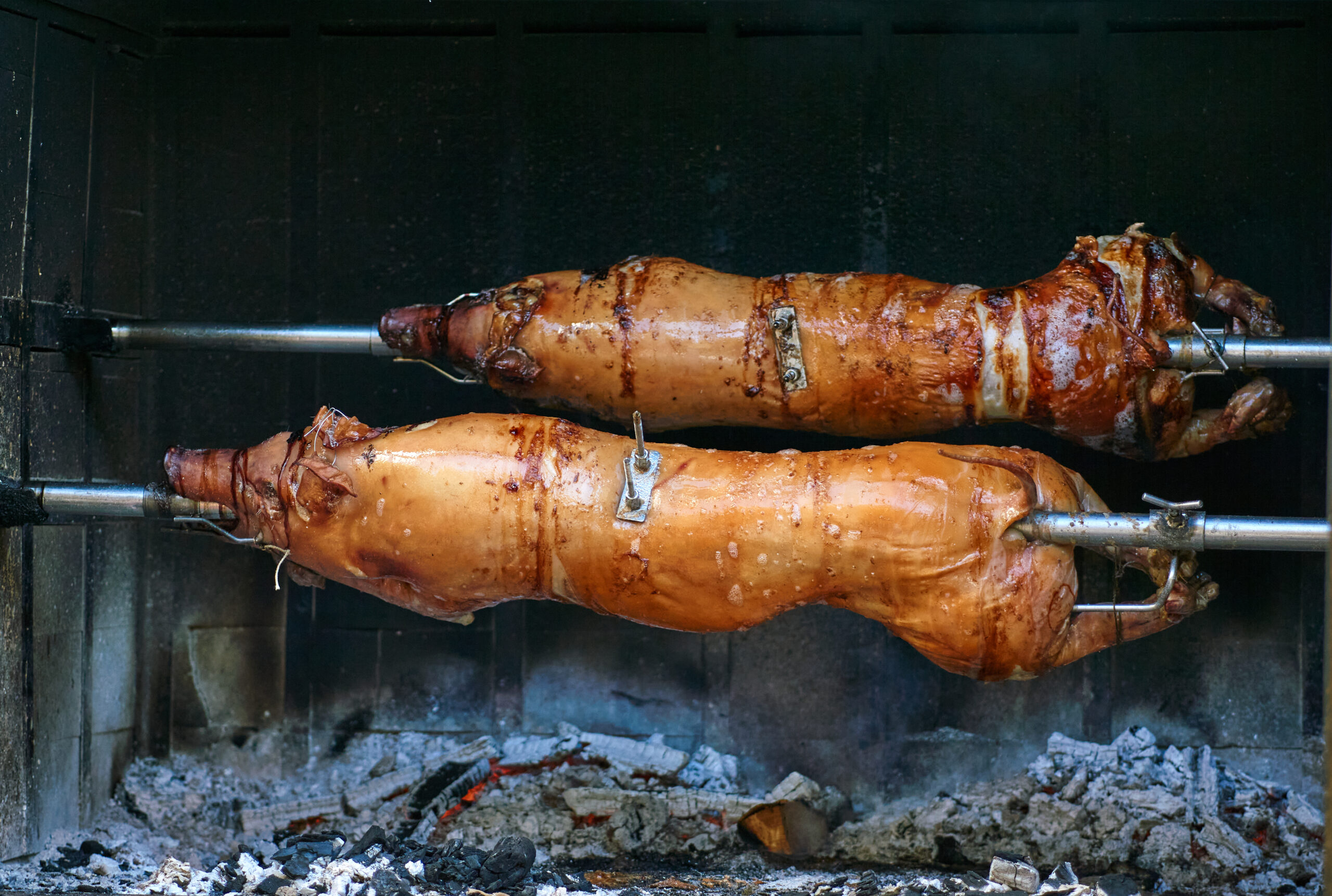
Spit roasting, where food is cooked on a rotating rod over an open flame, dates back thousands of years and remains a beloved method for cooking large cuts of meat. Whether it’s a rotisserie chicken or a whole lamb, spit roasting allows the meat to cook evenly while basting in its own juices. Modern variations of this ancient technique are still found in kitchens and restaurants around the world, prized for the tender and flavorful results it produces.
This article originally appeared on RetailShout.
More From RetailShout
11 Oldest Seafood Restaurants in the US You Can’t Miss

Seafood has been a favorite in American cuisine for centuries, and some of the oldest seafood restaurants still stand as a testament to that love. These spots not only serve up fresh and delicious seafood but also carry rich histories that make dining there an unforgettable experience. Read More.
The 14 Ultimate Ranking of Trader Joe’s 2024 Boxed Mixes

Let’s be real—life is busy, and sometimes we just need a little boxed magic to get a delicious treat on the table without breaking a sweat. Luckily, Trader Joe’s has our backs with their incredible (and sometimes quirky) array of boxed mixes. Read More.
14 Creative and Healthy Lunches Your Kids Will Look Forward To
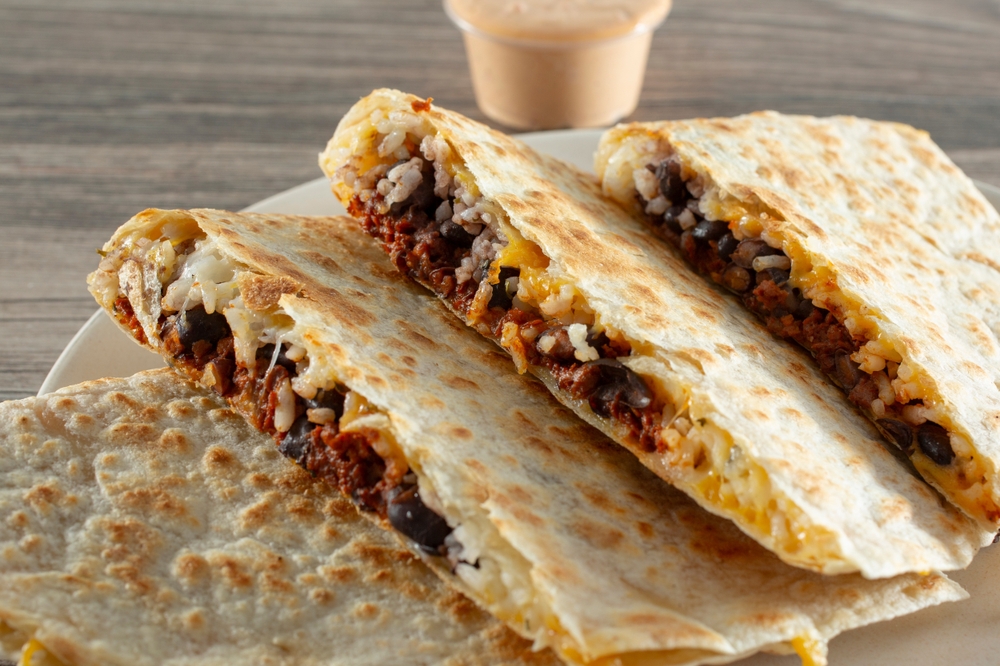
Making sure your kids have healthy lunches is important for their growth and energy throughout the day. Here are 15 great options that are not only nutritious but also delicious and easy to prepare. Read More.






